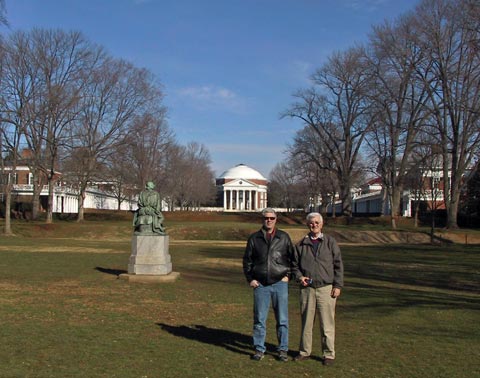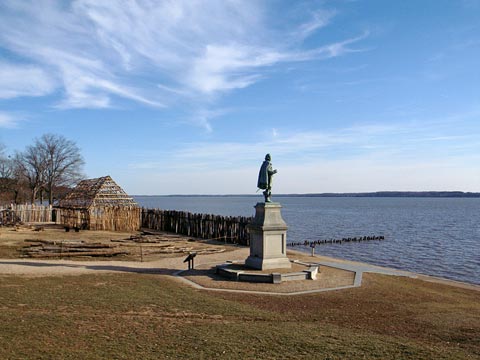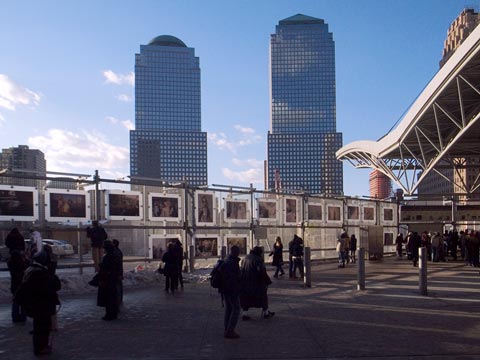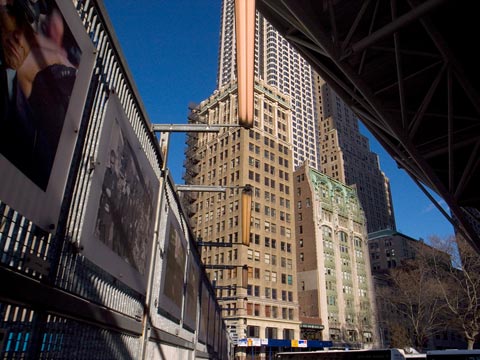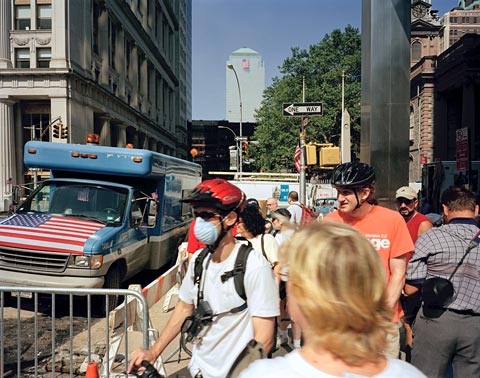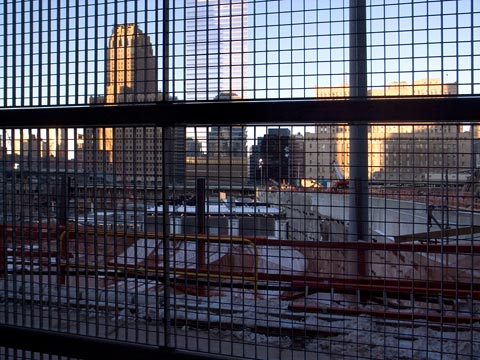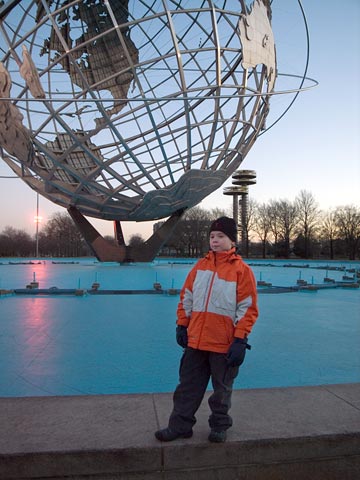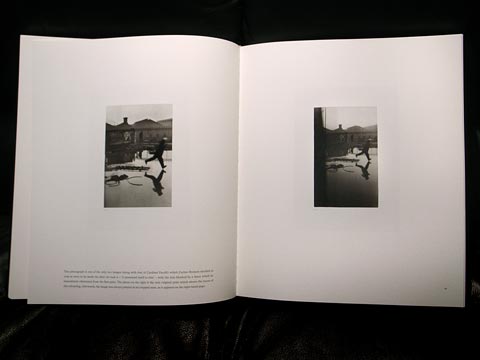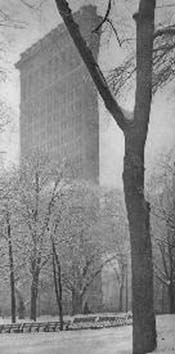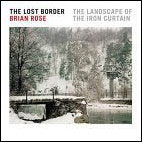New York/Green-Wood Cemetery
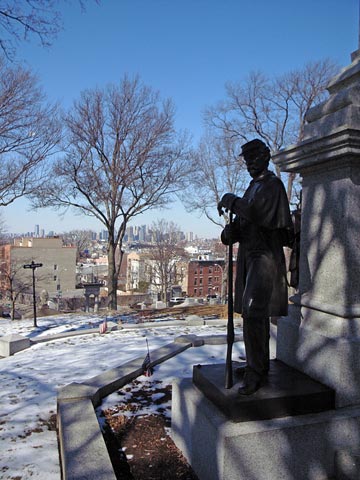
Civil War Soldiers' Monument, Green-Wood Cemetery
I've been pretty busy this week doing architectural shoots, but today I went to the Green-Wood Cemetery in Brooklyn to meet and talk with the organizers of an exhibition about the Civil War and New York. I may do a series of pictures for the exhibit. I did a few snapshots, one here of the Civil War Soldiers' Monument, which was erected shortly after the end of the war. It stands on a promintory overlooking the skyline of Manhattan and the Statue of Liberty.
New York City is dotted with some of the great sculptures of the 19th and early 20th centuries by such artists as Saint-Gaudens and Frederick MacMonnies. It's an underappreciated aspect of the city, and many of the best pieces are virtually unknown to the public. Some are partially obscured by trees. Some are in plain view, but in difficult environments. One particularly unfortunate incident was the moving of the MacMonnies statue of Nathan Hale from the sidewalk of lower Broadway to a relatively inaccessible location within the City Hall gates.
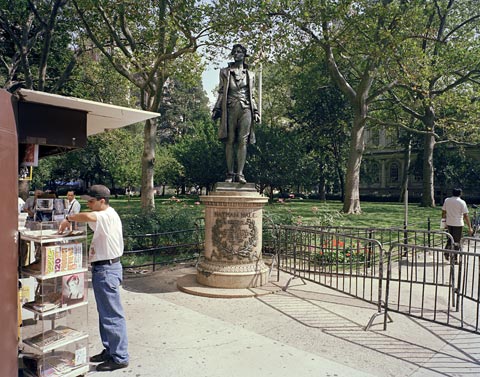
Nathan Hale, old location on Broadway (4x5 film)
Hale stands on his pedestal in defiance, shirt open at the neck. His limbs are bound, but his pose says "take me." The buoyancy of the sculpture is remarkable, as if Hale might leap from his perch if freed from his ropes. Above all, it's an erotic tour de force--even homoerotic--now standing across from the steps of City Hall.
Although many people undoubtedly regard these traditional sculptures as out of touch with modern taste, there are some that remain fixed in the public's imagination. One is the George Washington equestian statue in Union Square Park by Henry Kirke Brown. After September 11, the statue became the focal point of a spontaneous memorial to those who lost their lives in the Twin Towers. Intentional or not, this depiction of America's first president became symbolic of the indefatigability of New Yorkers in this moment of great trial.

Union Square Park, September 2001 (4x5 film)
Unfortunately, this image of dignity and steadfastness competes with the public art across the street--Metronome--by Kristin Jones and Andrew Ginzel.
